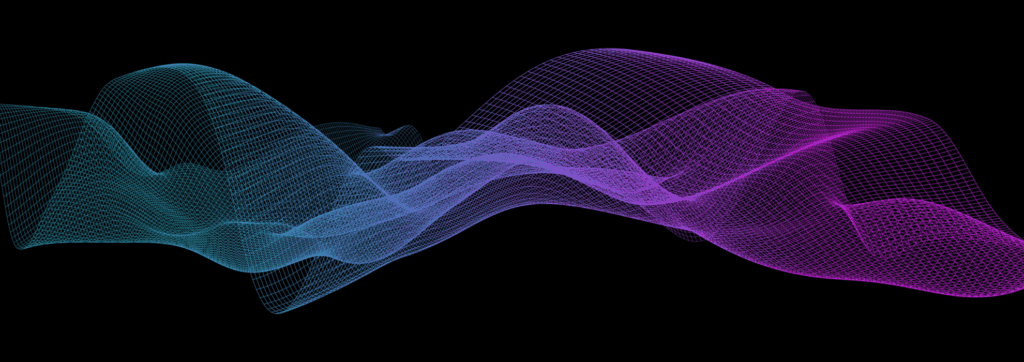The Science of Sound

EDM (Electronic Dance Music) has grown in popularity in recent years, captivating audiences across the globe with its infectious melodies, energetic rhythms, and pulsating beats. One crucial element that makes EDM music so exhilarating and enjoyable is the science behind its sounds.
To truly comprehend the exhilaration and allure of EDM, it is essential to delve into the science of sound waves and their mechanics. Sound waves are generated through vibrations that travel through the air, causing the air particles to compress and expand. The frequencies of sound waves determine their pitch, as higher-pitched sounds have high frequencies and vice versa. Typically, EDM tracks boast fast tempos and driving beats that entice people to dance—hence the term “electronic dance music.” These songs usually exhibit relatively high pitch ranges (100-200Hz), creating an electrifying ambience that works in harmony with the rapid tempo, further intensifying the energetic nature of the music.

Now, let us explore the influence of sound on our brains.
Sound serves as a form of energy that traverses through the air in the form of waves. These waves originate from sources like musical instruments or speakers, travelling through the air until they reach the listener’s ear. In EDM, sound waves are artfully manipulated to craft the distinctive sounds that define this genre.
Among the most indispensable tools in creating EDM music is the synthesiser—an electronic instrument that generates sound by manipulating electrical signals. Producers can experiment with many sounds by altering the properties of these signals, including frequency, amplitude, and waveform.
EDM producers also employ various effects to shape their tracks’ soundscapes. An example of a commonly used effect is reverb, which emulates the acoustics of a specific space by incorporating echoes into the original sound. This technique infuses depth and playfulness into the music.

Compression stands as another frequently employed effect in EDM. It reduces the dynamic range of a sound by diminishing the volume of loud sounds while boosting the volume of softer sounds. This process ensures a more consistent sound and enhances the prominence of individual elements.
Equalisation, or EQ, is an additional fundamental tool within EDM production. It empowers producers to manipulate the balance between different frequencies in a sound. Producers can achieve a more well-rounded and clear sound by boosting or reducing specific frequencies.

Apart from these tools, EDM producers employ various techniques to generate unique sounds. One prevalent method is sampling, which involves extracting a short audio segment from another recording and incorporating it as a foundational building block in a new track. Producers may also create sounds by recording and manipulating everyday objects or utilising pre-made sound libraries.
In summary, the science behind the sound in EDM music is an intricate and captivating field. Producers harness the power of sound waves, utilising electronic instruments, effects, and various techniques to fashion an array of sounds that define the genre. The outcome is a dynamic and exhilarating style of music that continues to captivate audiences worldwide.



